By Ron Pesch
LocalSportsJournal.com
 MUSKEGON–They were once a sure sign of summer.
MUSKEGON–They were once a sure sign of summer.
Open tryout baseball camps – sponsored by Major League Baseball (MLB) teams and hosted at baseball diamonds around the state and nation, including Muskegon’s Marsh Field where they were regular occurrences well into the very early 1990s – as teams searched for the latest unpolished gem.
“Procuring talent was on a first-come, first-served basis,” wrote John Manuel in 2010 for the Society for American Baseball Research (SABR) “Scouts scoured the country, going to games, getting to know players’ families, and competing with each other to cultivate the best relationship, make the best offer, and sell their organization as the most attractive one for an up-and-coming ball player.“
Longtime baseball aficionado Jim Moose, a former baseball coach at Muskegon Community College, recalls attending several camps at Marsh, back when Muskegon’s Mr. Baseball, Les David, was still holding the facility together and working to keep the sport alive in town. Involved with baseball for more than 60 years, David scouted for various MLB teams for 47 years.
“The camps I went to were (sponsored by) Cincinnati,” said Moose. “Les – was a bird dog scout for the Reds. Cincinnati came up – they would have five, six scouts there. That’s back when they still had all these minor league teams. There were a lot of chances for guys … They’d have the kids run and they’d time them. They’d separate the groups and the next day they’d have a game for all the guys that got to stay.”
Among those on display at one of the Reds camps at Marsh was a kid from Kalamazoo.
“Someone told me, ‘The kid to watch is Derek Jeter. Cincinnati is really high on him,’” recalled Moose. “Of course, I don’t know who he is, but he’s out there at shortstop. His big play was going into the hole, I mean deep, and he did that once while they’re practicing. He made that throw from shortstop. And I’m like ‘Wow, look at that kid! He is sweet!’ You could see that he was better than everybody out there. Those scouts could project – they could see that he had it.”
Expansion and Contraction
From 1903 to 1961, there were only 16 Major League teams. The minor league system across America, initially organized in 1901, would evolve to support those MLB squads. Farm clubs packed with talent identified by those scouts were seemingly everywhere. Records show the number of minor league teams peaked in quantity in 1949, with 59 leagues and 448 clubs.
“Not surprisingly, the system tended to reinforce competitive imbalance,” added Manuel. “The Cardinals, Yankees and other clubs that had extensive scouting networks for amateurs and that recognized the value of player development in their minor-league systems thrived; those clubs that didn’t, such as the postwar Cubs, Indians, and Athletics, were mired in the second division in what seemed to be perpetuity.“
The arrival of television, offering “free” at-home entertainment altered baseball. By 1952, baseball’s farm system had shrunk to 324 teams. At the Major League level, beginning in 1953, teams began to move, most strikingly with the Brooklyn Dodgers and the New York Giants relocation to the West Coast before the ’58 season. In 1961, two new MLB teams were added. Conversely, by 1964, the minors had scaled back to 20 leagues and 132 teams. Cities like Muskegon, where teams playing at Marsh Field were once part of the farm system of the Tigers, White Sox, or Yankees, saw professional baseball disappear.
In 1965, the first MLB draft of amateur players arrived. Designed to correct the “competitive imbalance” of the past, the path to the majors had started to change.
Today, thanks to continued expansion, there are now 30 Major League teams. But, in support, MLB’s farm system now numbers only 120 clubs spread across five classifications (Triple-A, Double-A, Class A, Class A Short Season, and Rookie) and 14 leagues as MLB cut ties with 42 teams in 2020.
Then, as now, the odds of playing professionally in baseball are small.
“The reality, [MLB Scouting Bureau director Bill] Bavasi said, is that those good enough to make the cut are going to eventually be scouted and heard about” in an article on playing minor league baseball published in 2015. “Bavasi said the most important thing an aspiring player can do is to continue playing at whatever level he can find, be it college, in a collegiate wood bat or summer league, or with an independent league team. If you’re playing, and you’re good enough, someone in baseball will hear about you.”
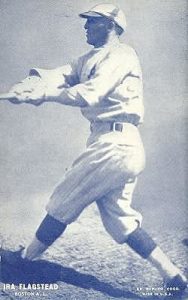 Several area athletes have carved paths to earn a paycheck in pro ball. A few reached the majors. The earliest to do so was Ira Flagstead from Montague, who played from 1917 to 1930, mostly with Detroit and the Boston Red Sox.
Several area athletes have carved paths to earn a paycheck in pro ball. A few reached the majors. The earliest to do so was Ira Flagstead from Montague, who played from 1917 to 1930, mostly with Detroit and the Boston Red Sox.
Some, like Muskegon High’s Bob Ludwig, and Muskegon St. Mary’s Fred Storck spent long careers during the glory days of the minor leagues, with Ludwig reaching the Chicago Cubs Class AAA squad in Springfield, MA in 1952, and Storck topping out at AA in Fort Worth, TX in 1950, within the Brooklyn Dodgers system before being drafted into the Korean War.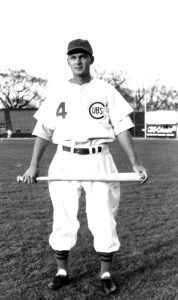
More than 100 high school graduates were recommended by coaches from schools in the Muskegon area to participate in a July 1955 Detroit Tiger baseball tryout camp at Marsh.
“Dunc Lectka, North Muskegon High coach, who was signed as a Tiger scout last winter, has been assisting Don Lund and Jimmy Campbell of the Tiger organization in running camps in the state this season,” noted The Muskegon Chronicle. “Although 42 boys signed up for the camp, only about half showed up for workouts yesterday.”
Among the participants was “Howie Meloche, former Muskegon Catholic Central star … John Zarimba, hard-hitting Heights High first baseman…,” and “Duane Tyndall of Custer who pitches either left or right-handed and hurled a perfect no-hit, no-run game against Ludington St. Simon’s this season.”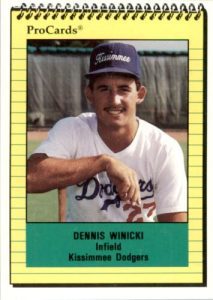
Following the camp, Tyndall was signed by the Tigers and assigned to the team’s Jamestown, NY farm squad. In 1956, Meloche would spend a year on the farm with Detroit’s affiliate in the Class D Florida State League.
In June 1964, Muskegon High School’s Ray Newman would start on a path to the majors thanks to a stint with the Grand Rapids Sullivans. Formed by businessman Bob Sullivan, and affiliated with the independent National Baseball Congress, they were one of the top amateur teams in Michigan. Sullivan also served as a scout for the Tigers.
One year later, the Muskegon area saw four players picked in that first MLB draft: John Sluka (2B) of Grand Haven and Western Michigan University (11th round); Ron Jancek (P) Muskegon Catholic and Weber State (26th); John Huizenga (C) from Muskegon High and WMU (39th); and Roger Hansen (P), also of Muskegon (66th). 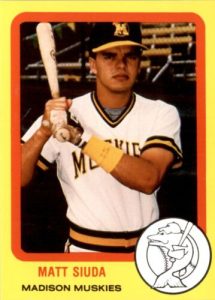
Two more were chosen in 1966, with Jim Johnson (P/OF) from Muskegon and WMU (36th), and Terry Kirkpatrick (C) from Mona Shores (46th). Johnson didn’t sign and was again picked in 1967 in the third round.
The draft would see alterations as baseball expanded and contracted, and views and technologies on assessing talent evolved. Between then and now 14 more ballplayers were chosen.
Shelby’s Rod Beckman (1968-9th, SS); Orchard View’s Duane Bickel (1971-21st, P); North Muskegon’s Larry Williams (1979-23rd, P, Central Michigan); Muskegon’s Matt Siuda (1983-9th, SS), James ‘Taco’ Woods (1997-22nd, C), and Philip Mixer (1999-43rd, P); Oakridge’s Bob Cavanaugh (1986-29th, P, CMU) and Jamie Potts (2015-31st, OF, GVSU); Mona Shores’ Kip Southland (1987-44th, SS, CMU), Dennis Winicki (1991-9th, SS), and Stacy Chupailo (1994-35th, P); Spring Lake’s Adam Bolthouse (1995-44th, P); Whitehall’s Nate McLouth (2000-25th, OF); Mason County Central’s Chad Pleiness (2002-5th, P, CMU); have each been selected in the draft.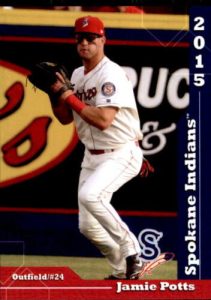
McLouth is certainly the most accomplished from the modern era, playing in the Majors for 10 seasons. Potts is the area’s most recent to have his name called.
Like Newman, Grand Haven’s Howard Bailey (GVSU), connected with the Tigers thanks to Sullivan, and played three seasons in the Motor City.
Linc Mikkelsen, a 1984 graduate of Montague found an even more unorthodox path to professional baseball. Undrafted out of Lamar University, he then played minor league ball, then in independent Leagues, in Mexico, Korea, Taiwan, China and Italy.
Who will be next, and what path will they take?



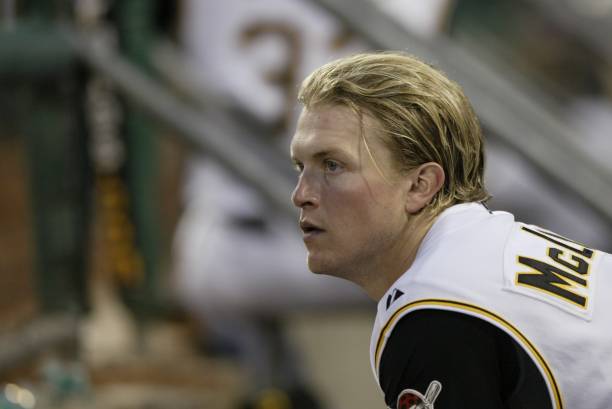


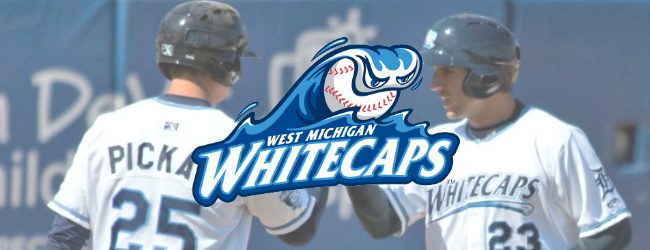
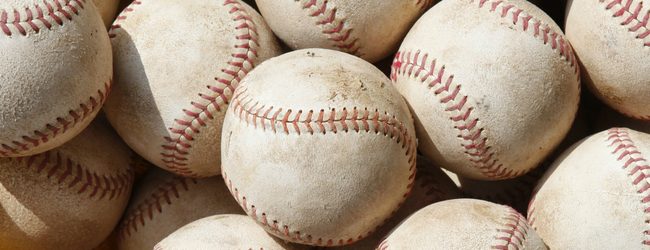
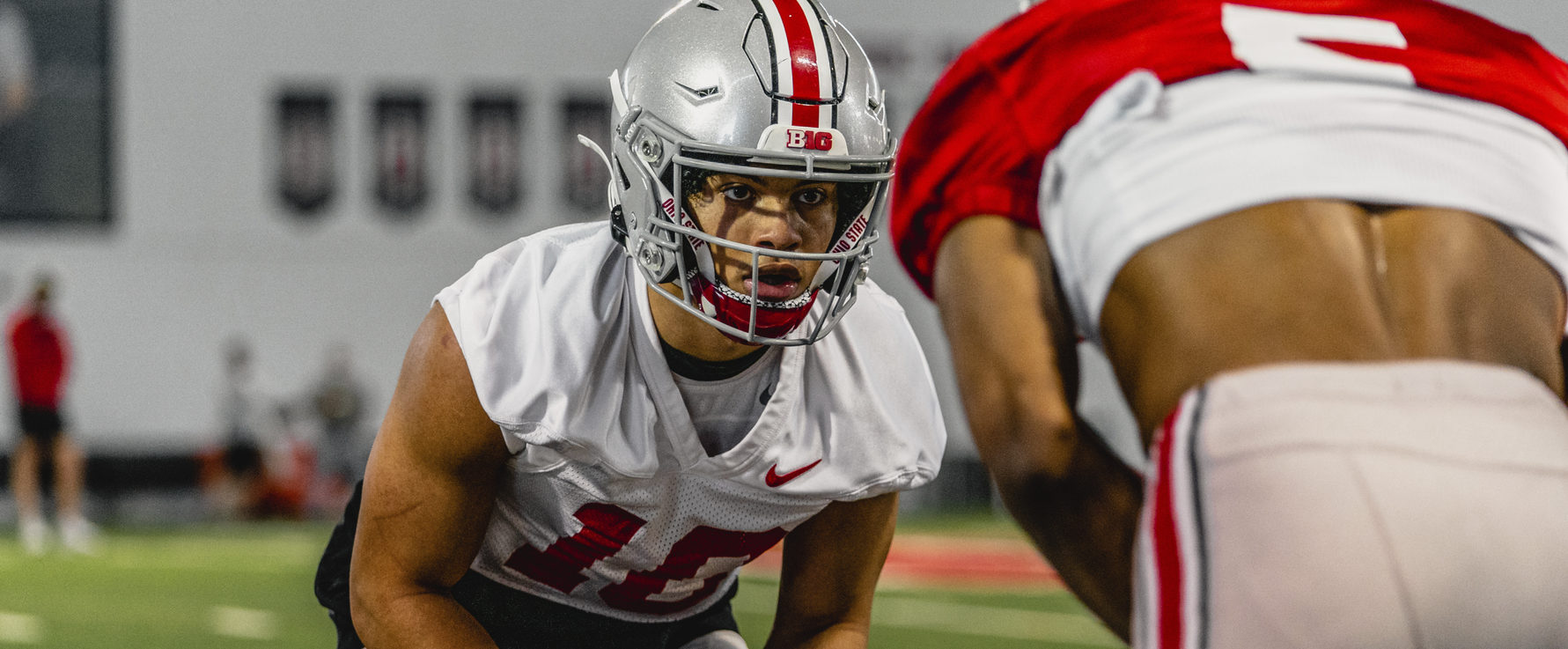
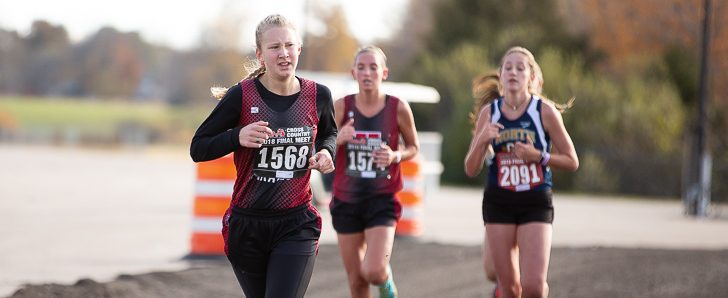
https://www.mlive.com/sports/muskegon/2022/08/jacob-buchberger-continues-to-chase-major-league-baseball-dream.html